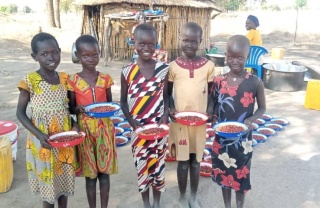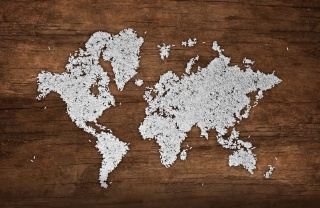South Sudan
Our work in South Sudan
Mary’s Meals is serving more than 85,000 children in South Sudan
South Sudan is one of the poorest countries in the world, ranking 193 out of 193 countries and territories in the Human Development Index (HDI).
Persistent conflict, economic crises, reduced crop production, and a reliance on imports are key drivers of South Sudan’s chronic food insecurity levels. This perfect storm, exacerbated further by the ongoing war in neighbouring Sudan, has pushed the world’s youngest nation to the brink and families are enduring unimaginable suffering as the humanitarian catastrophe shows no sign of abating.
Mary’s Meals is one of few organisations providing reliable and consistent feeding at over 140 schools in South Sudan, together with our partner MHA (Mary Help Association). Our meals are served in schools in remote areas in the Northern Bahr El Ghazal, Western Bahr El Ghazal, Central Equatoria, Western Equatoria, and Warrap states. Insufficient food production means we must source our ingredients from elsewhere. The route is highly insecure and we rely on the tireless work of our partner organisation to continue to provide a lifeline for the children we serve.
News and Stories from South Sudan

Stop Child Hunger
Just One Meal a Day
Academic success in South Sudan
Explore our work in other countries

